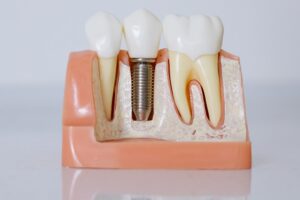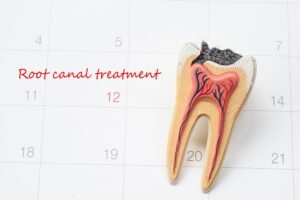The youth is being increasingly fascinated with the concept of e-cigarettes or vaping for recreational purposes. There is a huge misconception that vaping is harmless or less harmful than regular cigarettes. An increasing number of adults are adopting vaping as a substitute for smoking tobacco products. However, the constituent of e-cigarette liquid remains a mystery and usually contains nicotine in the range of 0-36mg/ml. Vaping apparatus typically consists of a heating element, a cartridge filled with flavored liquid, and a battery that generates aerosol by vaporizing the liquid for inhalation.
COMPOSITION:
- PROPYLENE GLYCOL: This is the main constituent of e-liquid and acts as a carrier for nicotine. On consumption, it breaks down into acidic products which have a deterrent effect on teeth and soft tissues. It is also hygroscopic in nature, there absorbing moisture in the mouth resulting in desiccation of oral tissues.
- NICOTINE: The overall nicotine content in e-cigarettes is much lower (0.3-1.8%) than conventional tobacco products. However, the tasty flavors encourage greater use and one electronic cartridge (200-400 puffs) amounts to 1-3 packs of cigarettes.
- FLAVOURING AGENTS: Research has proved that menthol flavor has maximum side effects. There is evidence from a 2018 study that e-liquid ingredients have adverse effects on tooth enamel just like acidic drinks and high sucrose candies.
- METALS: Traces of heavy metal like lead, chromium, etc. have been found which has carcinogenic potential.
ORAL SIDE-EFFECTS OF VAPING:
Impact of Vaping on Oral Health
While the oral presentation varies from person to person depending on the frequency, composition of the liquid, and individual immune response, the following signs and symptoms are commonly encountered during vaping:
- DRY MOUTH: The main constituent of e-liquid, propylene glycol, is responsible for dry mouth.
- PLAQUE ACCUMULATION: Inadequate flow of saliva results in food stagnation and increased plaque deposits due to limited flushing action in the mouth.
- HIGH CARIES INDEX: A 2018 study showed higher chances of bacterial attachment in pit and fissures of teeth owing to e-cigarette aerosol.
- SOFT TISSUE INJURY: The heat generated may lead to ulcers or mouth sores which have delayed healing. In a few cases, the lithium battery blasted during use resulting in serious soft tissue trauma involving lips, cheek, palate, and tongue.
- GUM DISEASE: Swollen and bleeding gums are common side effects. Due to high nicotine content, it can eventually progress to periodontal disease and subsequent bone loss.
- BAD BREATH: Dehydration of the mouth leads to chronic bad breath problems.
- RECEDING GUMS: Nicotine results in compromised blood supply to the gums thereby depleting its oxygen and nutrient influx leading to gum recession.
- STOMATITIS: Pinpoint dark spots are seen on the palate due to the inherent heat generated by vaping.
- BRUXISM: Clenching of teeth may occur occasionally as nicotine acts as a muscle stimulant.
- SENSITIVITY: Teeth grinding, cavities and root exposure by receding gums can all lead to sensitivity to temperature changes in the mouth.
SAFETY MEASURES
- Avoid nicotine content in E-cigarette as much as possible.
- Drink plenty of water to keep your mouth hydrated.
- Brush twice daily to break the plaque build-up and subsequent decay.
- Floss daily to clean difficult-to-reach areas.
- Visit your dentist regularly because timely management of problems is both painless and cost-effective.
Let us not fall prey to marketing gimmicks and resort to so-called better substitutes for smoking cigarettes. More research needs to be done to understand the exact nature of the oral and overall effects of vaping, and the use should be strictly discouraged especially in the younger generation.







